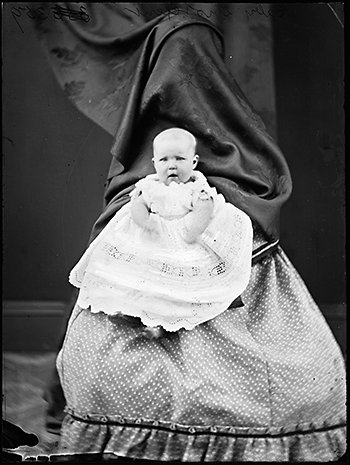
The Divine Comedy is composed of 14,233 lines that are divided into three canticas (Ital. pl. cantiche)—Inferno (Hell), Purgatorio (Purgatory), and Paradiso (Paradise)—each consisting of 33 cantos (Ital. pl. canti). An initial canto serves as an introduction to the poem and is generally considered to be part of the first cantica, bringing the total number of cantos to 100. It is generally accepted, however, that the first two cantos serve as a unitary prologue to the entire epic, as well as the opening two cantos of each cantica serving as a prologue to each of the three cantiche. The number three is prominent in the work, represented here by the length of each cantica. The verse scheme used, terza rima, is hendecasyllabic (lines of eleven syllables), with the lines composing tercets according to the rhyme scheme aba, bcb, cdc, ded, ….
The poem is written in the first person, and tells of Dante’s journey through the three realms of the dead, lasting from the night before Good Friday to the Wednesday after Easter in the spring of 1300. The Roman poet Virgil guides him through Hell and Purgatory; Beatrice, Dante’s ideal woman, guides him through Heaven. Beatrice was a Florentine woman whom he had met in childhood and admired from afar in the mode of the then-fashionable courtly love tradition which is highlighted in Dante’s earlier work La Vita Nuova.
The structure of the three realms follows a common numerical pattern of 9 plus 1 for a total of 10: 9 circles of the Inferno, followed by Lucifer contained at its bottom; 9 rings of Mount Purgatory, followed by the Garden of Eden crowning its summit; and the 9 celestial bodies of Paradiso, followed by the Empyrean containing the very essence of God. Within the 9, 7 correspond to a specific moral scheme, subdividing itself into three subcategories, while two others of more particularity are added on for a completion of nine. For example, the seven deadly sins of the Catholic Church that are cleansed in Purgatory are joined by special realms for the Late repentant and the excommunicated by the church. The core seven sins within purgatory correspond to a moral scheme of love perverted, subdivided into three groups corresponding to excessive love (Lust, Gluttony, Greed), deficient love (Sloth), and malicious love (Wrath, Envy, Pride)…
http://bit.ly/nGJwzw










